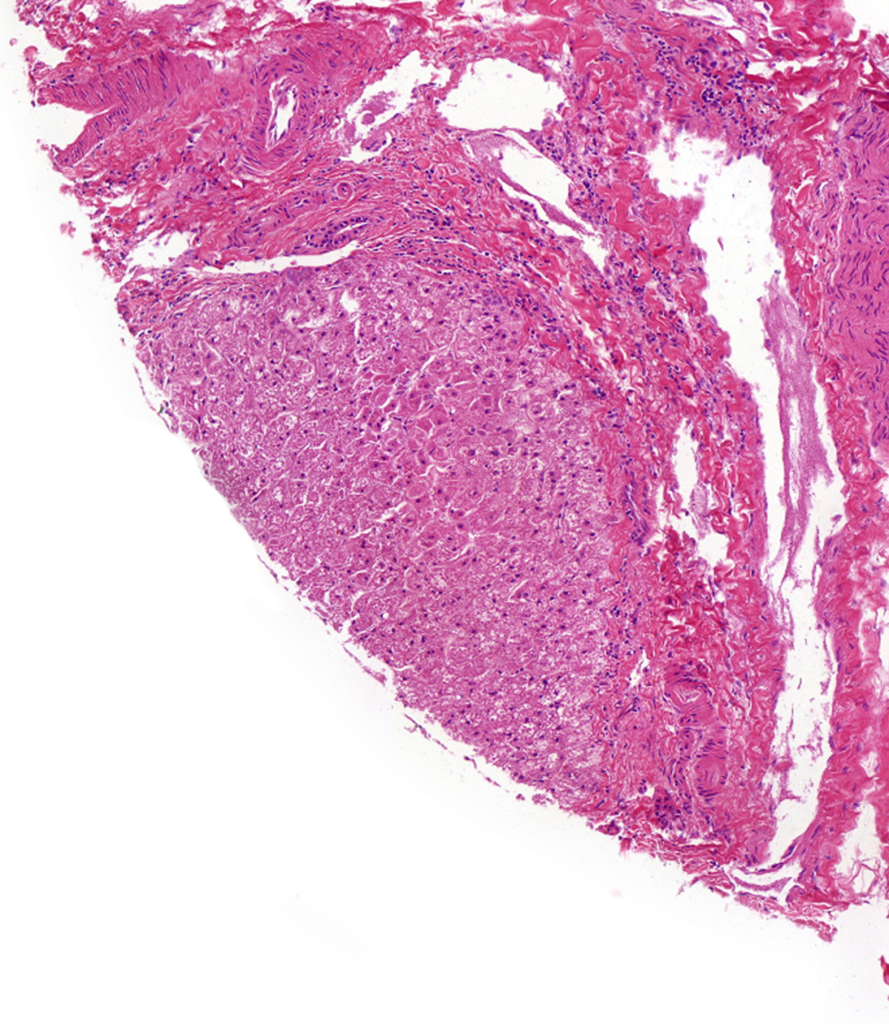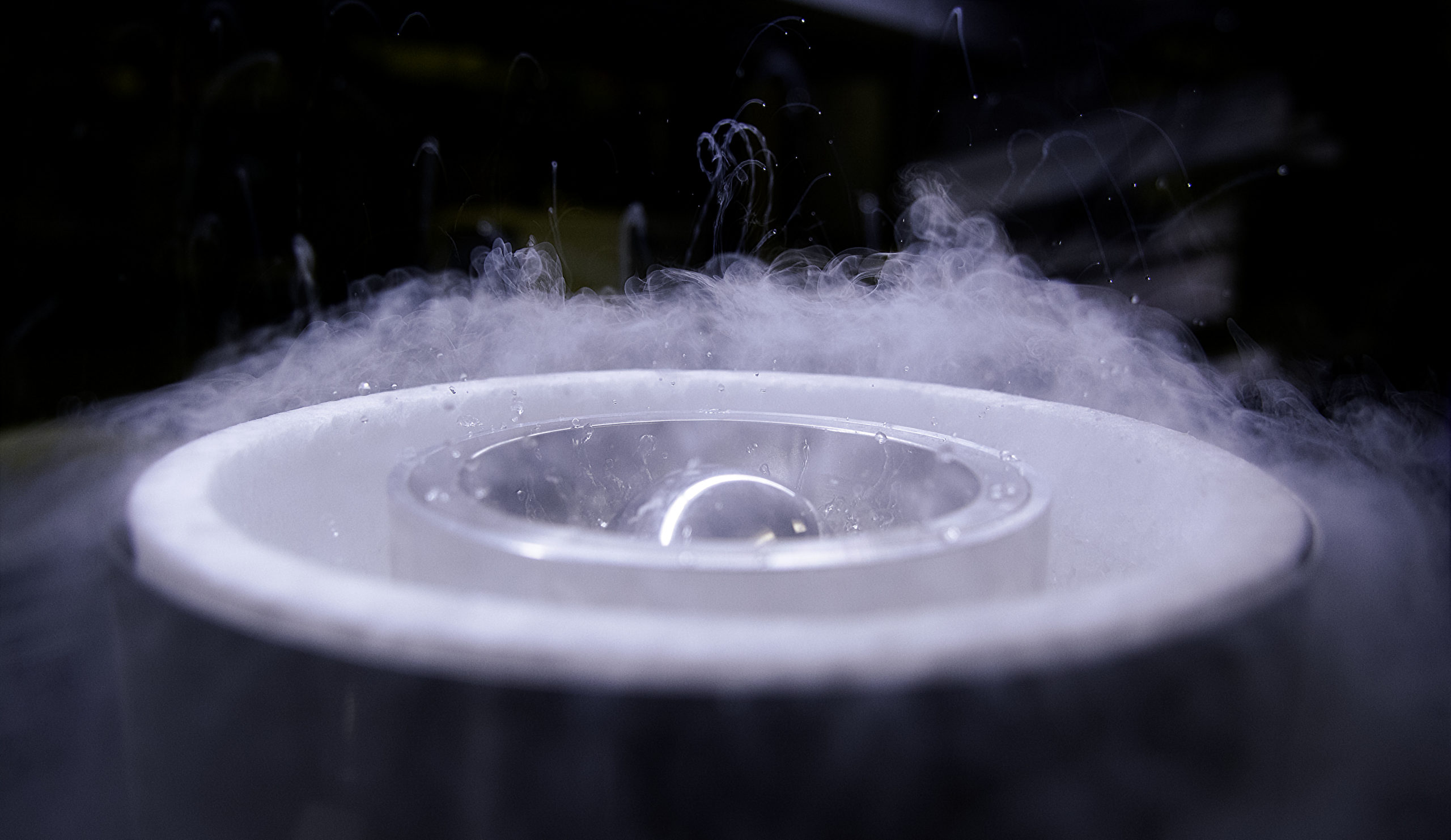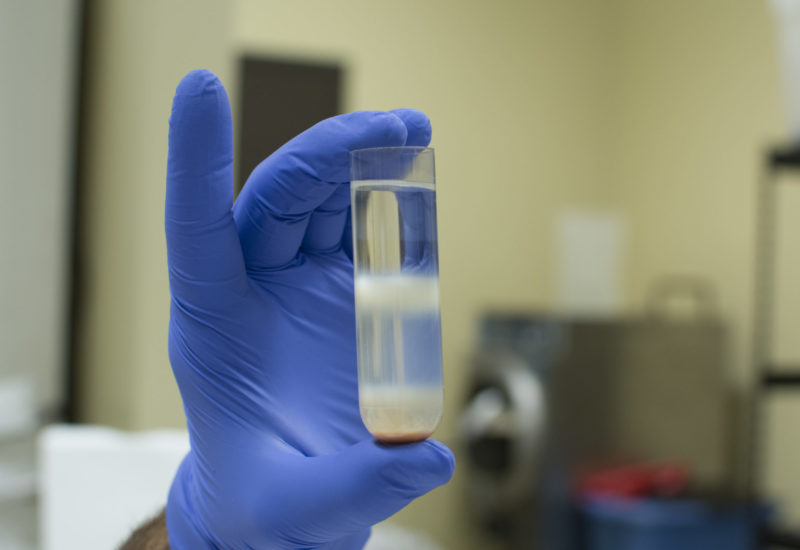Cytosol, homogenate, and mitochondria preparations from Human liver cells are used in drug development as predictive test systems to evaluate specific drug-metabolizing enzymes that are enriched in certain cellular compartments/organelles. Pools of each fraction are available from single or mixed genders with various pool sizes to best predict metabolic activity.

Pooled Human Liver Cytosol / Homogenate / Mitochondria
XenoTech products are now available for purchase at BioIVT.com!
Browse BioIVT’s hepatocytes, subcellular fractions & recombinant enzymes and create an account on bioivt.com to view pricing, generate quotes, and purchase products. Click here for a guide to the new products’ part numbers.
Cytosol fractions are supplied at a concentration of 10 mg/mL in 50 mM TRIS-HCI, (pH 7.4 at 4°C) containing 150 mM KCl and 2 mM EDTA. Mitochondria fractions are supplied at a concentration of 20 mg/mL in 250 mM sucrose.
Preparation of Human Liver Subcellular Fractions

Cytosol
Human liver cytosol contains a wide variety of soluble drug-metabolizing enzymes and is commonly used to support in vitro ADME (Absorption, Distribution, Metabolism, and Excretion). We offer matching cytosol that is produced from the same donors used for other subcellular products, ensuring consistency, reliability, and better correlation with patient profiles. Custom pooling can further improve correlation by specifying donor demographics or enzymatic activity characterization.
Homogenate
Human liver homogenate is ideal for metabolism identification (where enzymes responsible are not known), proteomic assays, enzymatic activity studies, and others. Tissue from 20 donors is homogenized, centrifuged at low speed to remove connective tissue, large pieces of cell membranes, intact cells, nuclei, etc. and then diluted to a constant protein concentration. By removing the additional centrifugation steps that are typical in S9 or microsomal preparations, there is a total presentation of drug-metabolizing enzymes and proteins though resultant homogenate is not characterized for enzymatic activities.
Mitochondria
Preparations of human liver mitochondria contain monoamine oxidases A and B (MAO A and B), aldehyde dehydrogenases and other xenobiotic-metabolizing enzymes. These fractions are used to study compounds that are metabolized by mitochondrial enzymes or in studies looking at mitochondrial toxicity as it relates to pharmaceuticals.
Related Scientific Content
Poster: New method to evaluate mitochondrial toxicity across different toxicological mechanisms using human liver-derived cells, “Evaluation method for mitochondrial toxicity using Crabtree effect”
Poster: Research evaluating the impact of low versus high AO activity in human liver S9 and cytosol preparations on the prediction of scaled clearance for AO substrates with the ‘yard-stick’ approach, “Selection of human liver S9 and cytosol fractions for evaluating clearance by aldehyde oxidase (AO): The impact of low versus high AO activity lots”

